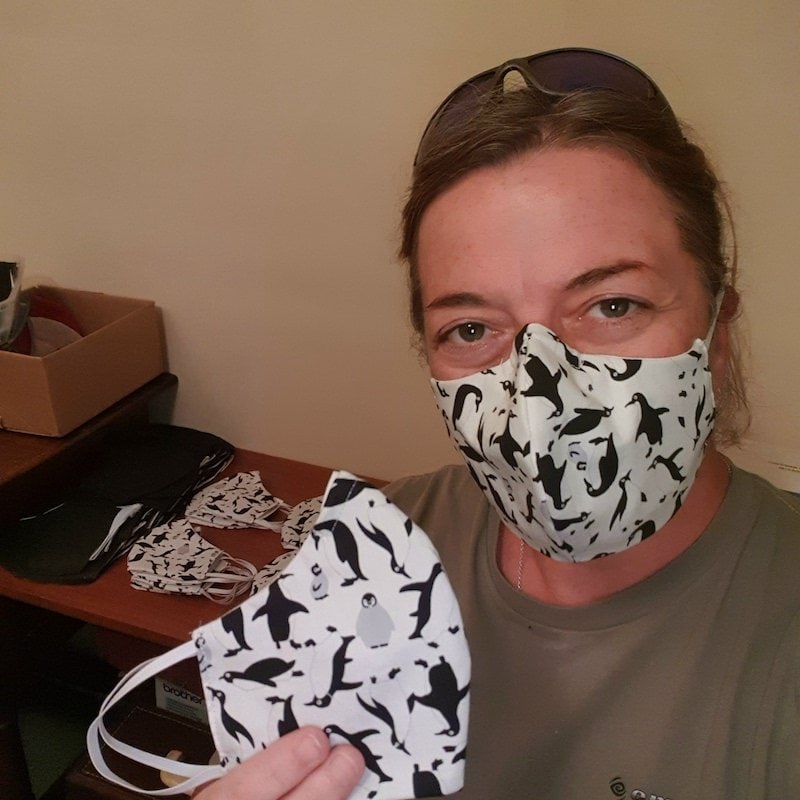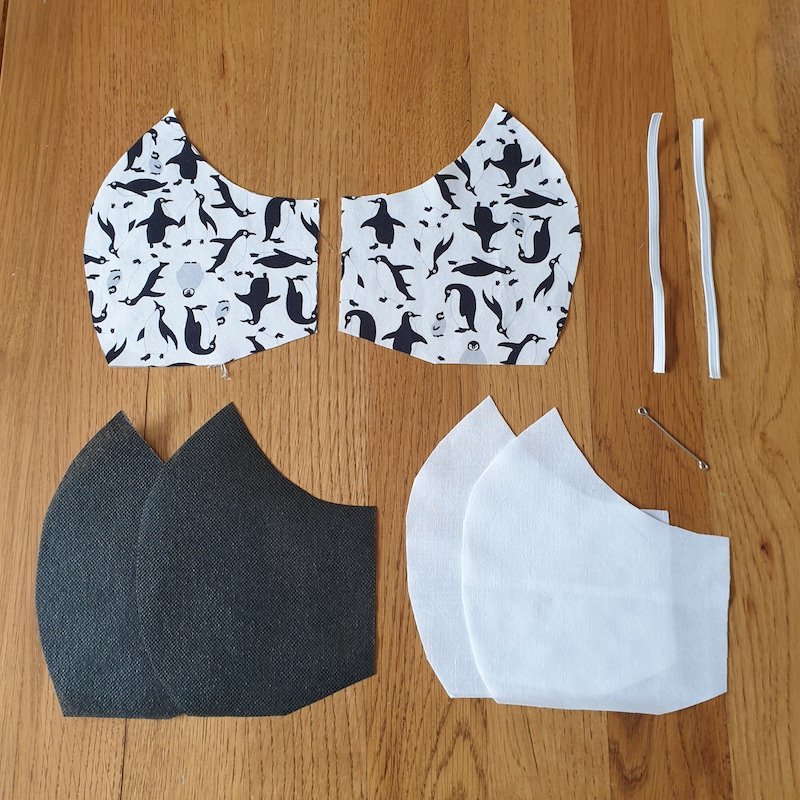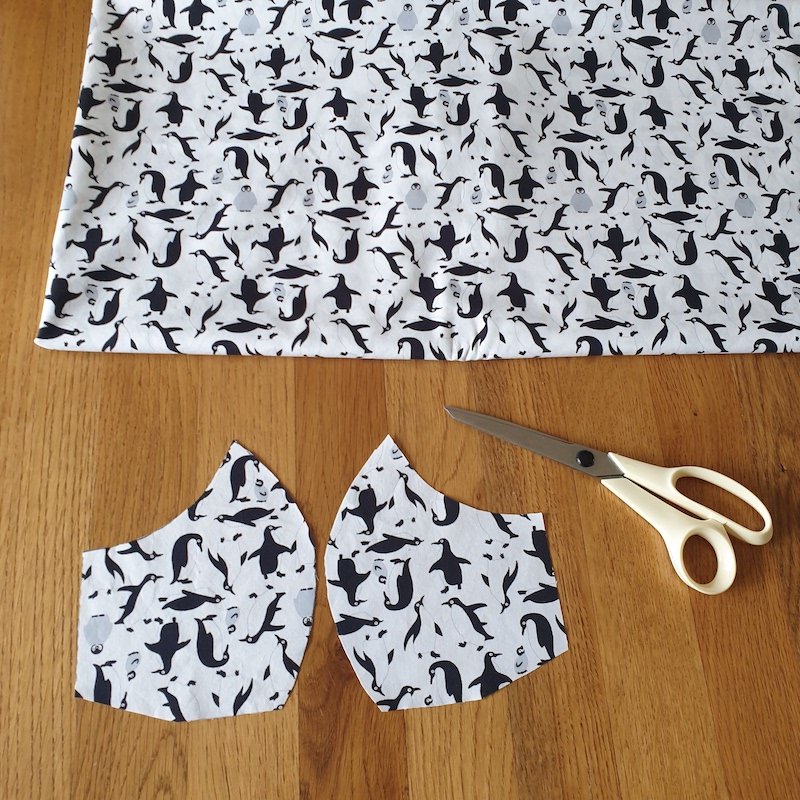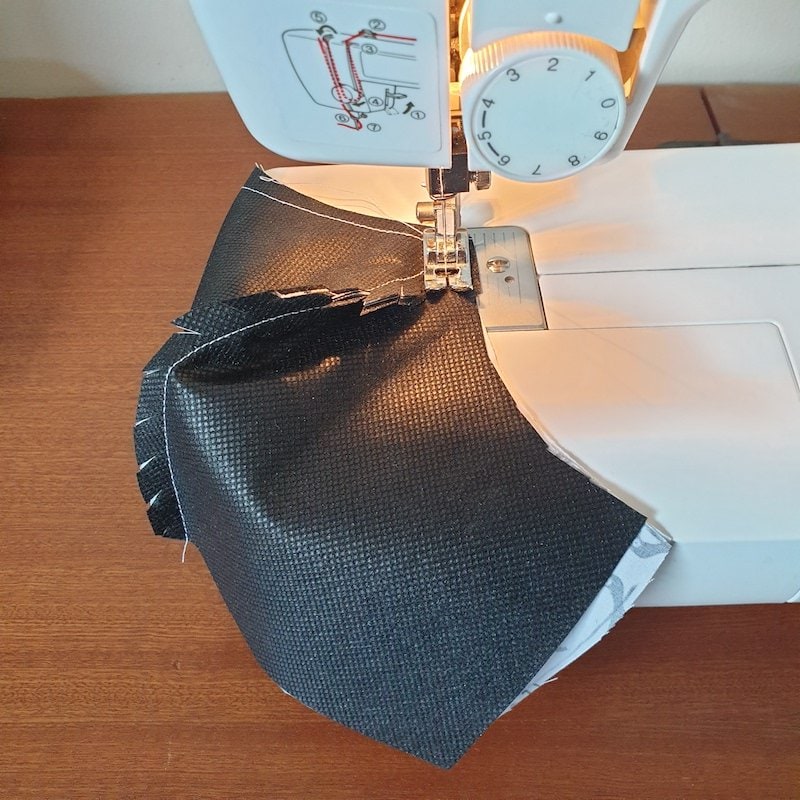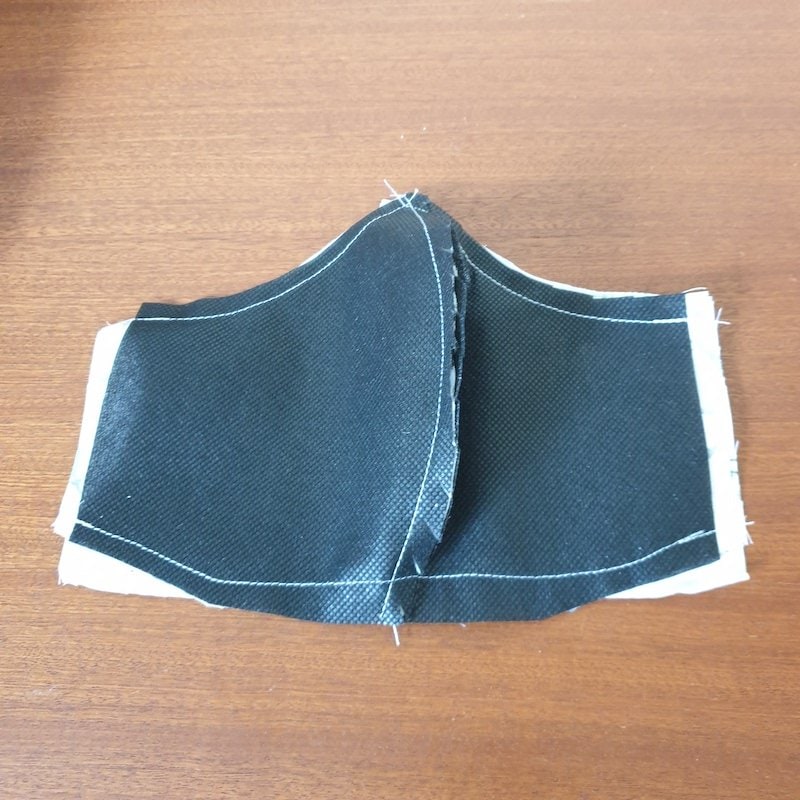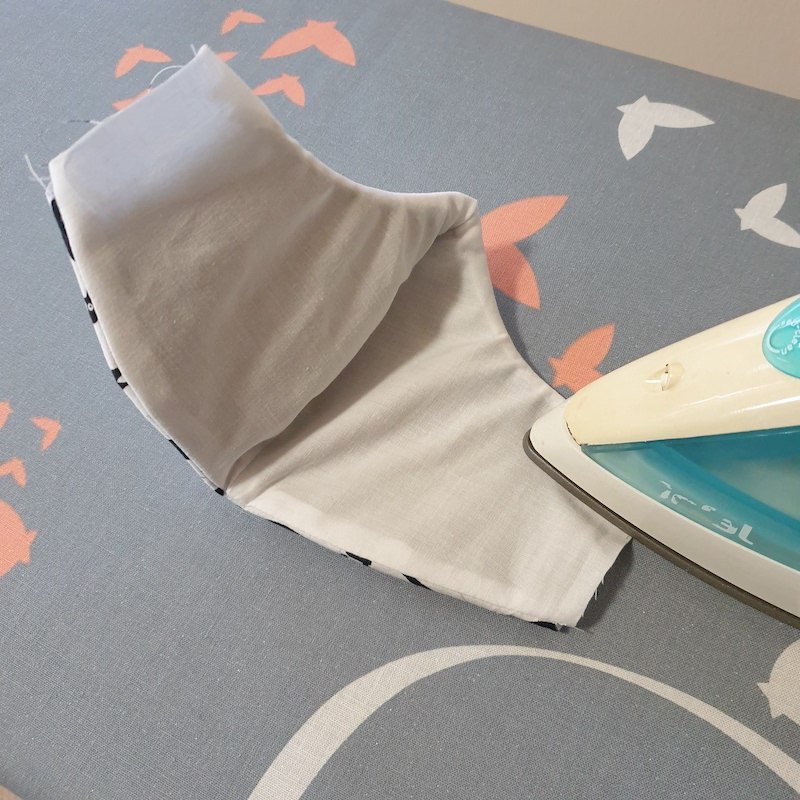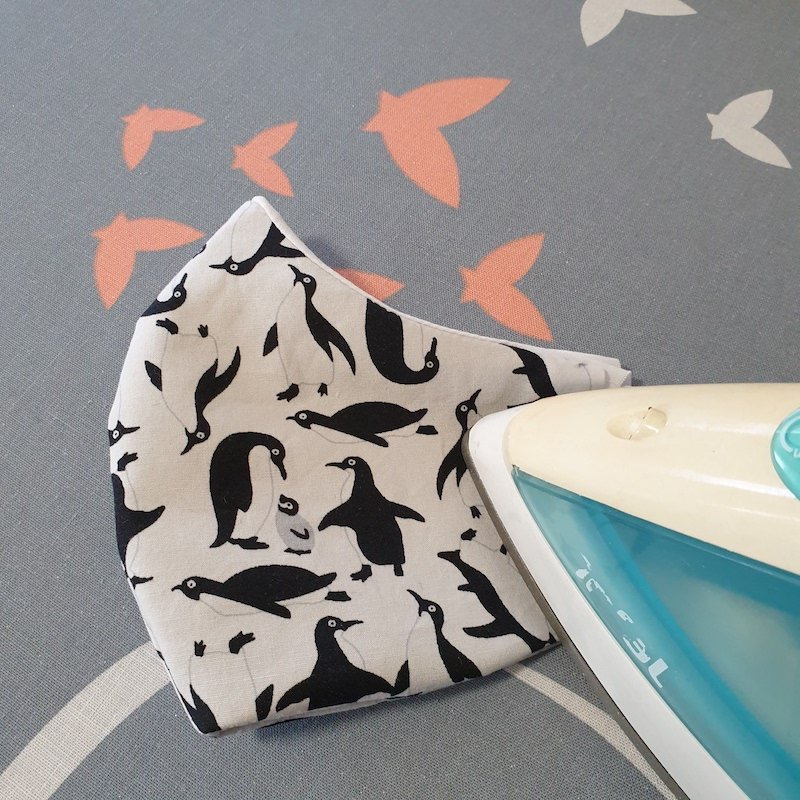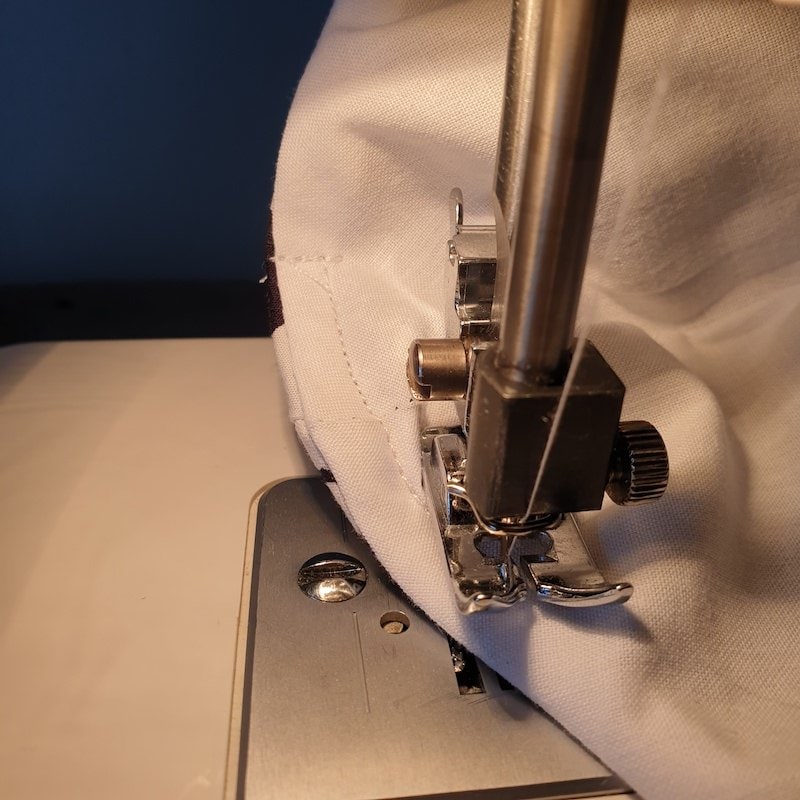The Coronavirus pandemic has put our coastal adventures into hibernation. We wanted to put that spare time to good use and help the community.
Having put a shout out on social media, our fantastic community responded with donations of fabric and materials, loans of sewing machines and volunteers to distribute stuff!
Let the washable handmade face mask mission commence…
Due to popular demand, Cleo has purchased some custom design fabrics and is making new masks to order, available to buy on Etsy and Ebay.
We are making two sizes, large (men’s) and small (women). The fit is important, any gaps make the mask useless. Download our face mask pattern PDF here.
These are NOT N95 masks, they are not guaranteed protection against Coronavirus Covid-19.
Handmade from repurposed materials, a 3 layer mask with a non-woven polypropylene layer from landscape weed barrier. This material and spun-bond process seems similar to how they manufacture N95 masks (research at the bottom of this post). Layers 1 and 3 are cotton and layer 2 is the weed barrier filter.
All our masks produced from donated materials are supplied free of charge to front line workers, essential workers, local volunteers and people with vulnerabilities etc. If you know of anyone in need of handmade face coverings please contact us with details.
DIY face mask instructions
-
-1-
Outer and liner are cut from duvet covers/sheets (cotton/poly/cotton). Filter is cut from landscape weed barrier material. The pattern we are using has been modified from various others found online. Elastic cut to 7 inch lengths. Nose wire – galvanised garden wire.
-
-2-
Cut outer fabric x2 per mask. Cotton duvet covers/sheets are ideal.
-
-3-
Cut filter material x2 (double them if the material is particularly thin). We found cutting this slightly narrower than outer and liner makes hemming/sewing in the elastics easier/quicker.
-
-4-
Pair the outer and filter layers in this order, ready for sewing.
-
-5-
Sew outer and filter together, leave approx 5mm for the seam.
-
-6-
Sew x2 liner fabric together, leave approx 5mm for the seam.
-
-7-
Chip into the edge, be careful not to snip through the stitching. This will help the seams to lay flat when turned right side out. -
-8-
Chip into the edge of liner
-
-9-
Turn liner the right way out and lay inside the sandwich.
-
-10-
Tuck liner up tight, aligned with edges.
-
-11-
Open the mask out flat. Sew all three together, starting pointy tip and down. Leave approx 5mm for the seam.
-
-12-
Flip and repeat the sewing, pointy tip and down on opposite side. Leaving 5mm for the seam.
-
-13-
Sew along bottom edge. leave approx 5mm for hem
-
-14-
Finished stitching still inside out
-
-15-
Carefully turn the mask right side out
-
-16-
Gently iron seams (not too hot as filter will melt)
-
-17-
Press outer flat
-
-18-
Cut nose wires, 2.5 inches long. We use glavanised garden wire. Turn the ends for comfort and to prevent wire wearing through the fabric.
-
-19-
Sew a pocket for nose wire, insert wire, sew end of pocket closed. Be careful not to sew over the wire, sewing machine needle doesn’t like it!
-
-20-
Elastic cut to 7 inch long (slightly shorter if elastic is soft) 6mm flat elastic is ideal. Tuck into hem ready for sewing. Pinning the helps.
-
-21-
Hem the open ends sewing elastic into them. Poke elastic in about 5mm.
-
-22-
Finished masks can be machine washed and are tumble dryer friendly.
IMPORTANT PRECAUTIONS FOR END USERS
-
Before wearing we recommend:
- Thoroughly wash and clean the mask before wearing it.
- Wash your hands thoroughly before wearing the mask.
- As soon as the mask becomes damp or humid, switch to another mask and clean the used mask
- Washing instructions: We recommend washing the mask after every use. Do not touch your face – eyes, mouth, nose. Wash your hands frequently.
- Machine washable and can be tumble dried.
- DO NOT microwave, the nose bridge contains a metal strip.
FILTER MATERIAL SIMILAR TO FILTER USED IN N95 MASKS
https://hackaday.com/…/homemade-masks-in-a-…/comment-page-2/
Debra Vitale says:
March 25, 2020 at 7:22 pm
I am making a 3 layer mask with a non-woven -polypropylene layer from landscape weed barrier. Dewitt Company Weed Barrier 12 year sells a polypropylene spun bond, melt bond, spun bond. This material and spun bond process seems similar to how they manufacture N95 masks. Layers 1 and 3 are 100% cotton and layer 2 is the weed barrier filter.
–
William says:
April 4, 2020 at 10:10 am
Here is a patent for an N95 mask and the materials used.
When I looked up the spin-bond polypropylene garden cloth came up.
https://www.accessdata.fda.gov/cdrh_docs/pdf12/K122702.pdf
MUCH OF OUR INSPIRATION WAS TAKEN FROM THIS VIDEO:

